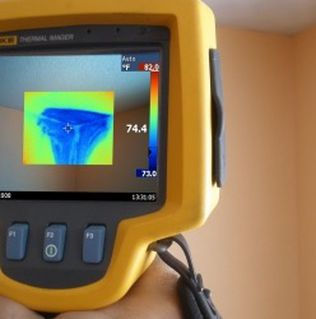What is thermography?
- Anthony Mandanice

- Aug 14, 2023
- 2 min read

Thermography, also known as thermal imaging, is a technique that visualizes and records surface temperatures using infrared radiation emitted by objects. It is based on the principle that all objects naturally emit infrared radiation depending on their temperature. Thermography converts this radiation into visible images, where each color represents a specific range of temperature. In the field of electricity, thermography is widely used for the inspection and preventive maintenance of electrical installations. By detecting abnormal hot spots, which indicate high temperatures, thermography can identify possible problems of overload, poor contact, load imbalance or degradation of electrical components. These hot spots can be a warning sign of impending failures, fire hazards, or potential electrical failures. During a thermographic inspection, a technician uses a thermal camera to capture images of electrical installations. Areas with abnormally high temperatures appear as distinct colored spots on the screen, with colors varying depending on the measured temperature. Warm colors like red, orange, and yellow indicate high temperatures, while cool colors like blue and green represent lower temperatures. Thermographic inspection offers several advantages in the electrical field: Preventive maintenance: It helps detect problems before they become critical, helping to avoid costly breakdowns and unexpected downtime. Safety: By identifying hot spots that could lead to the risk of fire or electrocution, thermography contributes to improving the safety of installations. Performance optimization: By identifying load imbalances or connection problems, thermography can help optimize the operation of electrical systems. Cost savings: Early detection of problems helps reduce long-term repair and maintenance costs. In summary, thermography is a valuable technology for the inspection and maintenance of electrical systems, providing a non-invasive and efficient way to detect potentially dangerous thermal anomalies and prevent future problems.


.png)


